How to Plant Roses in your Garden: [Complete Guide + Step by Step]
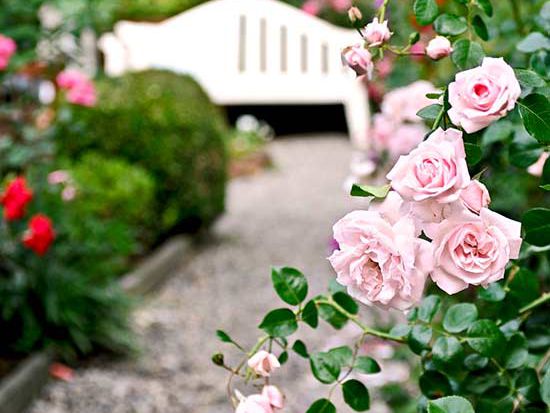
The rose is one of the most cultivated plants throughout the world.
Which is the reason?Which is extremely pretty.For this reason, it is considered one of the most used ornamental plants.
Who has not given a rose or who has not received a rose at some time?
A garden with roses can be something spectacular.Therefore, do not be afraid to include them when designing your garden. Important Points when Planting Roses:
- When? At the end of winter and until spring. From November to mid-April.
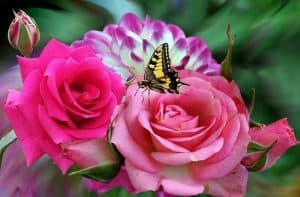
- Where? It should get at least 6 hours of light a day and some shade.
- Temperature? It requires a warm climate and does not tolerate frost in excess.
- Increase? It is relatively fast growing, if the right conditions are met.
- Irrigation frequency? During the first three weeks they should be watered regularly, preventing the surface layers from drying out. Then drip irrigation is idealto avoid waterlogging.
- How do we prepare the land? The rose bush does not tolerate acid soils, nor high levels of calcium in the substrate. They also do not support high levels of soluble salts.
- What pests and diseases does it have? Aphid, red spider, nematodes, thrips, rust, mildew, powdery mildew.
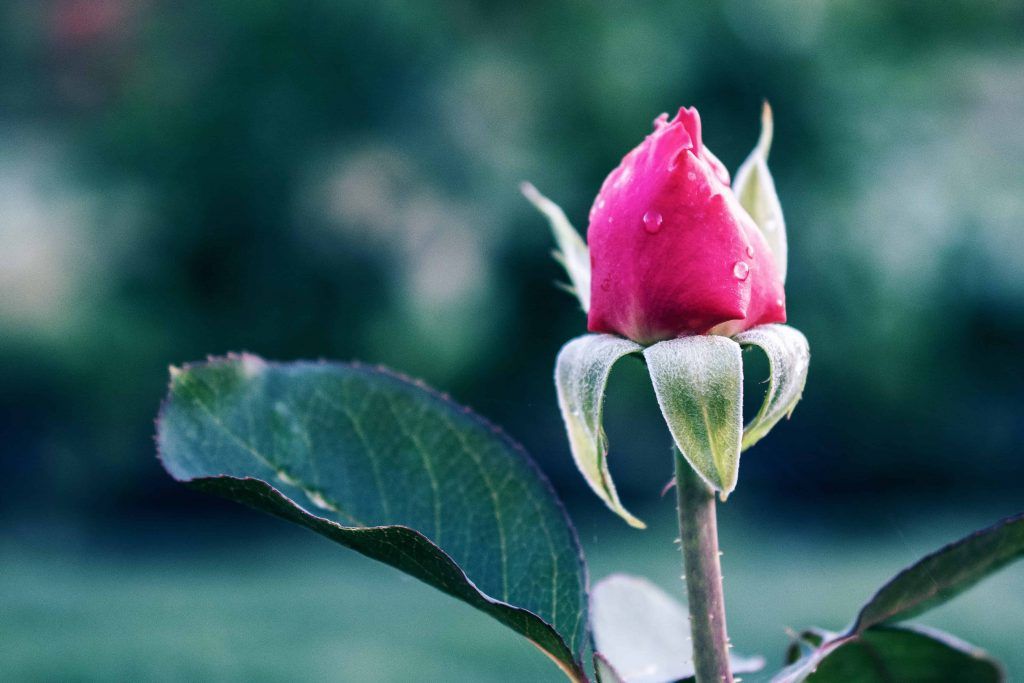
Originally from Asia, roses grow on thorny bushes called rose bushes. Their popularity extends throughout the world and they are distinguished, mainly, by theirunmistakable aroma and the arrangement of its petals.
They are flowers of a great variety of colors. Probably the most gifted in the world. Learn how to grow a rosebush in a simple way. Here we tell you how.
To know more: Different types of roses that we can find.
When should a rose bush be planted? The dates
At the end of winter and until spring.From November to mid-April.
They are best grown shortly before the last frost, up to a month after.
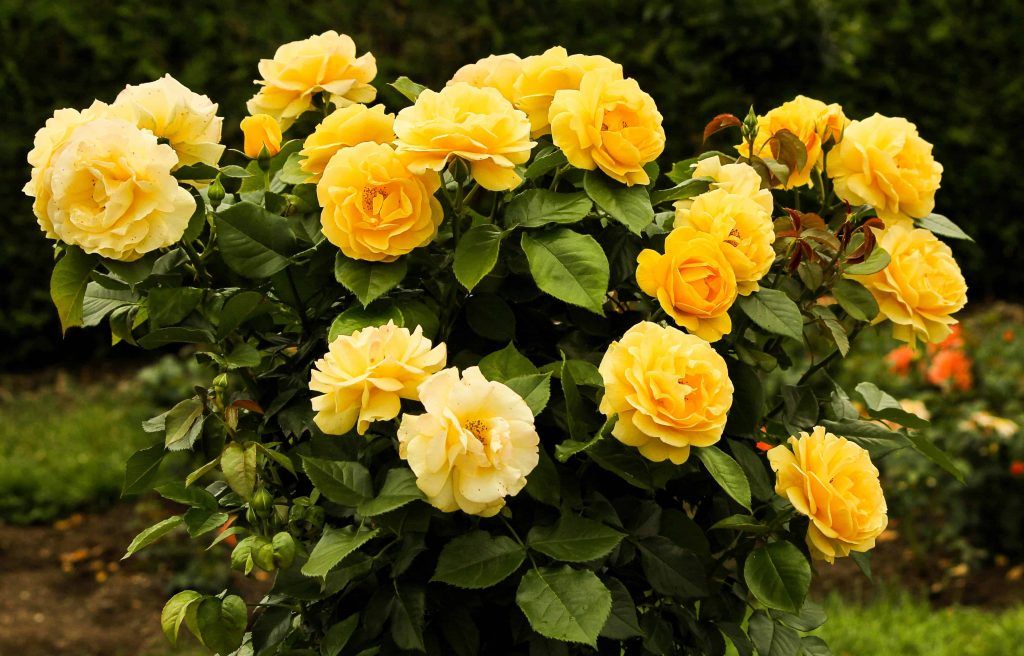
Where to plant a rose? light and humidity
 You must receive at least6 hours of light a day and a little shade, especially during spring and summer.
You must receive at least6 hours of light a day and a little shade, especially during spring and summer.
They love sunlight, but do not tolerate direct sun for many hours.
It is a warm weather plant, so avoid planting roses in areas where the winter is very cold (at least outdoors).
The optimal temperature during the day is between 17 and 25 ºC, while at night it develops well in temperatures of 18 ºC.
Constant temperatures of 15 ºC or less during the night can considerably slow down its development. Likewise, very high temperatures also damage production, causing flowers to sprout smaller than normal and with few petals.
Other Flowers that you may also be interested in planting:
How often should roses be watered?
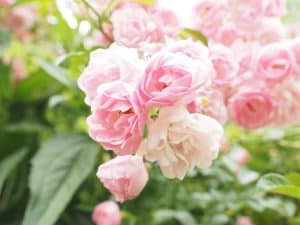 During thefirst three weeks should be watered regularly,preventing the surface layers from drying out.
During thefirst three weeks should be watered regularly,preventing the surface layers from drying out.
Later, they can be watered regularly every third day. Although the rose usually develops better if it is well watered, excess water causes multiple diseases.
For the same reason, it is enough to keep the soil moist to the touch.Roses require relatively high humidity.Of, at least, between 60 and 70%, although shortly after sowing the humidity must be much higher to stimulate growth.
Levels below 60% can cause damage due to dehydration and an increase in pests such as mites.
Humidity should be regulated by ventilation and misting.
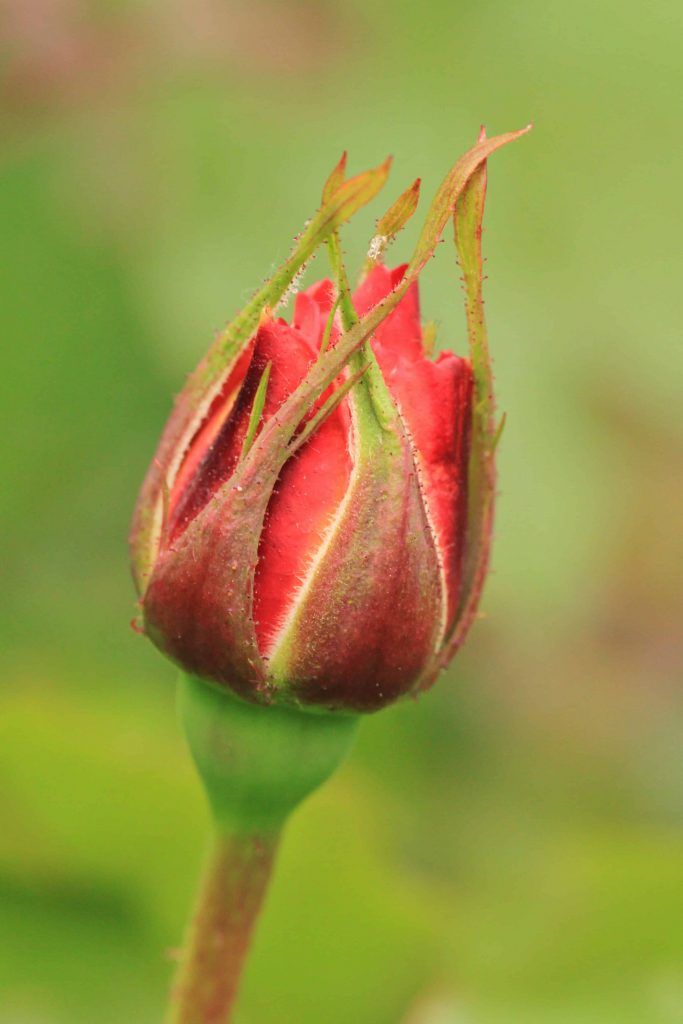
How do we prepare the land?
require ofloose substrate, rich in organic matter,with excellent drainage and well aerated to avoid waterlogging.
If you are going to grow roses in a pot, make sure the soil is very loose and drains properly. this way it will hold moisture much more easily.
The rose bush does not tolerate acid soils, nor high levels of calcium in the substrate. They also do not support high levels of soluble salts.
The pH must be between 6.0 and 7.0.
What are the most favorable associations for growing rose bushes?
They should be planted in a spot away from bushes and trees, as they often compete for nutrients.
How to plant a rosebush step by step
Step1: Clear the ground
Extract weeds and remains of previous crops and all kinds of residues to ensure that your rose bush can develop properly.
Step 2: Moisten and fertilize the soil before planting
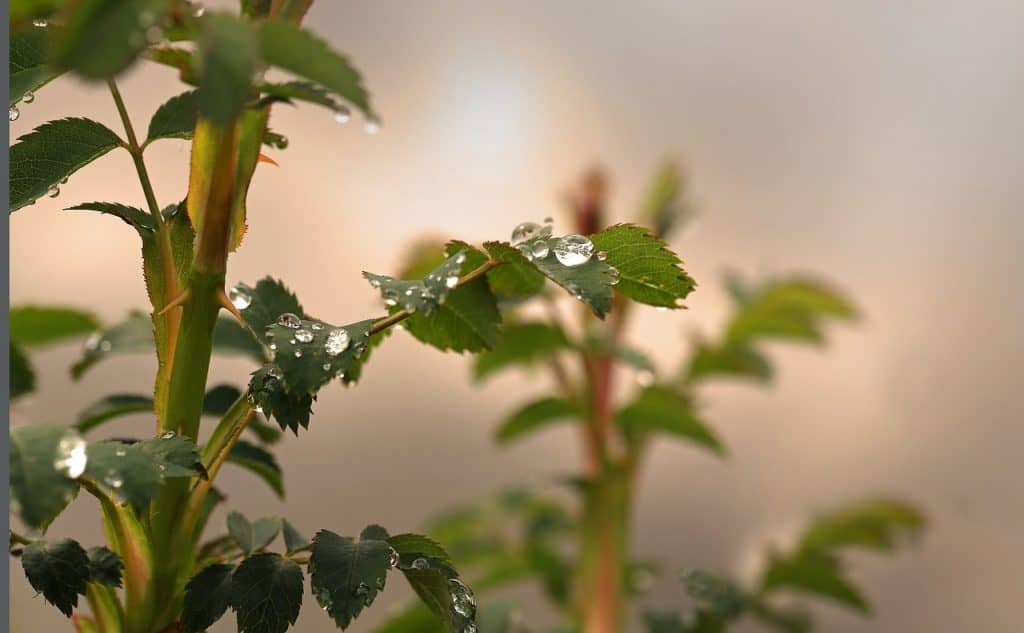 Spread some organic matter on the soil to improve the overall quality before you start planting.
Spread some organic matter on the soil to improve the overall quality before you start planting.
Dehydrated cow manure, shredded tree bark, or compost will give the soil the right consistency.
It’s very importantthat the roots of the rose remain moist, but not waterlogged.
Mix the soil well.
Step 3: Dig a hole
The rose bush grows best if it is planted by cuttings or seedlings.
In that sense, the size of the hole you should dig will depend on whether you plan to plant one or the other.
If you are planting from seedlings, dig a hole big enough and deep enough for the root ball of your rose bush to grow comfortably and roots can develop. The measurement can vary depending on the variety, but it should be at least twice the size of the root ball.
You can place a drainage layer at the bottom of the hole to facilitate the root development of your rose bush and the drainage of the substrate. You can also place 5 centimeters of organic fertilizer and mix well with the soil.
Step 4: Insert your cutting or seedling into the designated spot
 If you plant seedlings, place them in the dug hole, taking care that the root ball does not open or crumble. Check that no roots are left outside the hole.
If you plant seedlings, place them in the dug hole, taking care that the root ball does not open or crumble. Check that no roots are left outside the hole.
Preferably, transplant on a cool, windless day.
If you plant through cuttings, place them at a depth of approximately 3 cm, making sure that the end you bury does not contain leaves to prevent the stem from rotting.
Cuttings will root in approximately 25-30 days.
To learn more, you can see: Rose bush cuttings and Rose bush cuttings in potatoes.
Step 5: Tutoring
Make sure the rosebush or cutting is straight. If you prefer, you can put up a stake to protect it and help it grow vertically. Remember that these must be placed in the hole before introducing the root ball. Otherwise, you run the risk of damaging the roots.
Step 6: Fill the hole
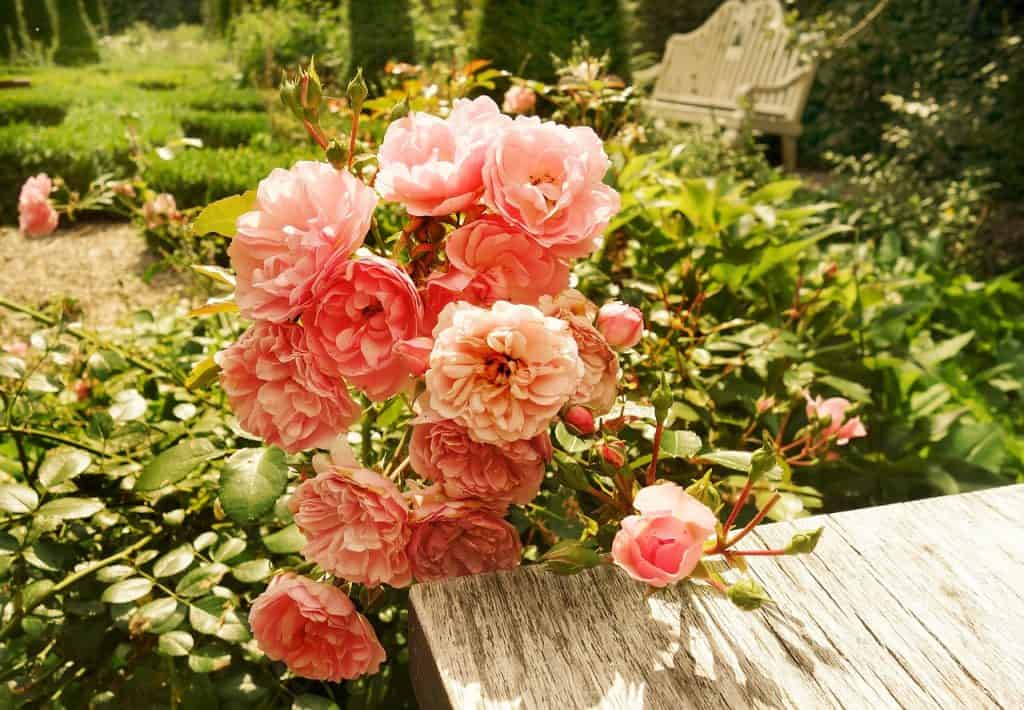 Water the hole, allowing the water to penetrate well into the soil.
Water the hole, allowing the water to penetrate well into the soil.
Subsequently, it begins to fill the hole. When doing so, you must be careful that the neck of the root —where the stem begins— is not buried, but at ground level. The land that will be used to fill, must be completely free of rubbish or stones. If there are lumps they should be broken.
Finally, make a mound of soil about 15 cm high above the base of the plant. In this way, you will protect the stems of the rosebush, preventing them from drying out. After 2 weeks, new shoots will appear and you can remove the mound.
Step 7: Fertilize your rosebush
Begin toFertilize the rosebush 3 months after planting.
Use a 10cm layer of mulch or compost.

Step 8: Prune the Rose Bush
 Pruning the rose bush will prevent the roses from crowding and help them grow healthy and strong. In summer, the cut of the roses is carried out when the sepals of the calyx are reflexed and the petals have not yet unfolded.
Pruning the rose bush will prevent the roses from crowding and help them grow healthy and strong. In summer, the cut of the roses is carried out when the sepals of the calyx are reflexed and the petals have not yet unfolded.
Instead, during the winter, the cut is made when the flowers are more open, although with the two outer petals not unfolded.
If the flowers are cut too immature, the heads wilt.
During cutting, the stem should always be left with 2-3 buds corresponding to full leaves.
watering the rose
Important points when watering rose bushes:
- Irrigation frequency: for the summer, 3 or 4 waterings per week will suffice, while in winter it will only be necessary if it does not rain and the soil looks too dry.
- Irrigation method: by watering can or drip.
- Optimum time of day for watering: very early in the morning or after the sun has set in the afternoon.
- Identify excess water: leaves that turn yellow and fall prematurely, flowers that do not open, roots that rot.
- Identify lack of water: the leaves change color, turning yellow or brown. In the case of flowers, they will fall off before they grow and open.
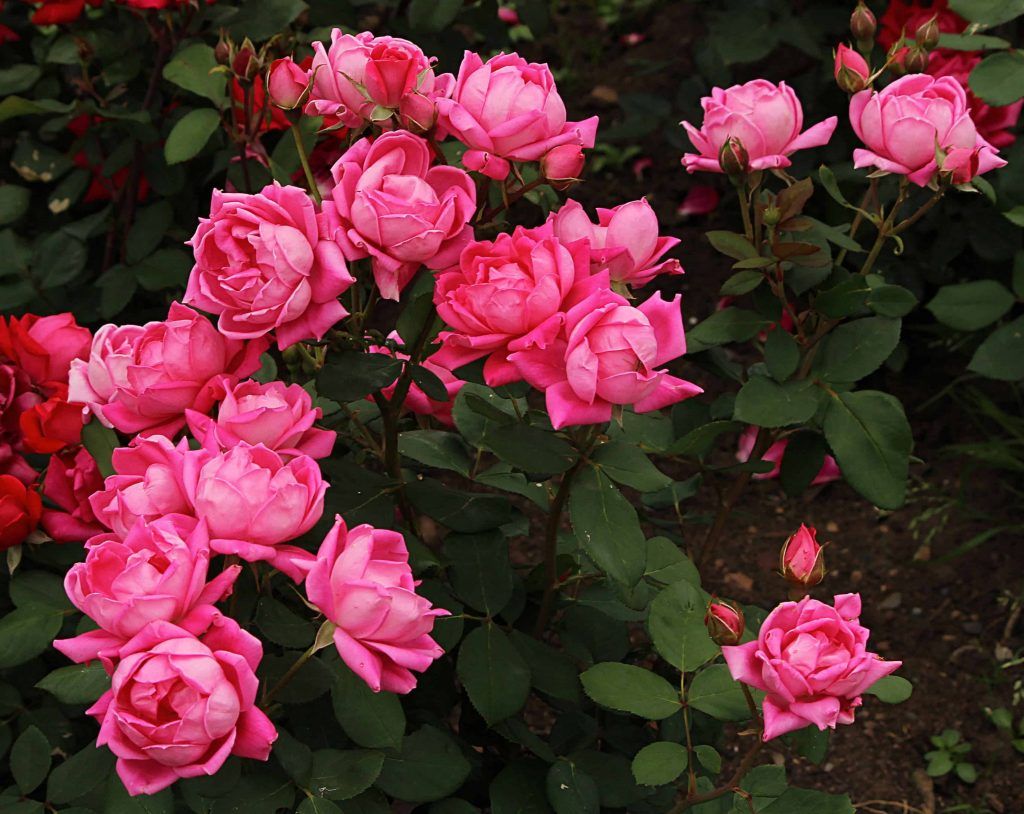
What watering needs do rose bushes have?
Rose bushes need a certain amount of moisture in the soil for them to thrive properly.During the growth phase, this is greater because the water will have a determining role in the formation of the entire structure.
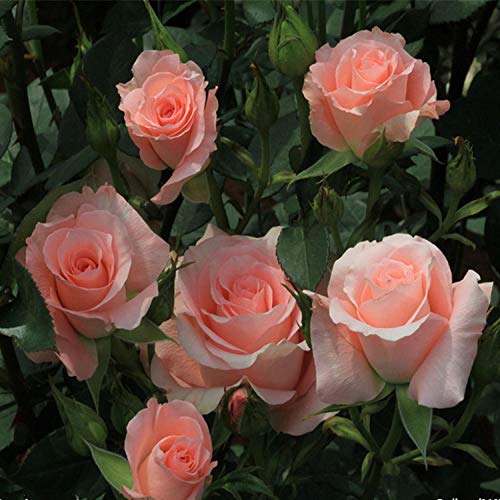
The idea of irrigation is to ensure that the environment of the plant is humid, without ever flooding. In addition, it is necessary to prevent foliage and flowers from being reached by water as it could be detrimental to their health.
How can we detect lack of irrigation in rose bushes?
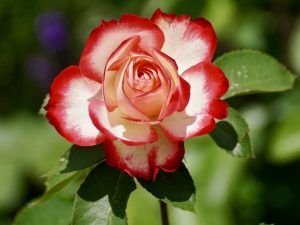 A rose bush that does not enjoy a sufficient level of humidity usually shows certain symptoms that will make you sound the alarm that something is not right.
A rose bush that does not enjoy a sufficient level of humidity usually shows certain symptoms that will make you sound the alarm that something is not right.
In the leaves you will notice a color variation that manifests itself from the edges to the center, both yellow and brown.
When the flowering process begins, it is essential that the irrigation meets the standards that the rosebushes demand, otherwise the flowers will fall without developing well.
How often should we water the rose bushes?
To establish a correct irrigation frequency you have to pay attention to the environmental conditions, since they will tell you the exact moments. In any case, an approximate for summer days is three or four waterings a week when it’s too hot.
If you see that the days are cooler, you can decrease to two or three depending on how you see the earth. In winter, the rose bushes lose their leaves and their water requirement is minimal, so it is not necessary to water much.
If you notice that the soil is a bit dry, it will be convenient to apply a small amount of water to help the roots stay hydrated during this time. But if some rain has fallen, with that contribution of humidity it is more than enough.
What is the best way to water rose bushes?
The form of irrigation of the rose bushes will depend a lot on the place where you have it planted. The important thing is to ensure a slow flow of water.Drip irrigation is ideal for rose bushes that are planted in the garden, but if you don’t have the system installed, a watering can is the best alternative.
Both systems ensure that the land receives the water little by little, which gives it time to absorb what is necessary and avoid flooding. In rose bushes that are kept in pots, it will be necessary to wait for the water to drain through the base to confirm that the amount of water has been sufficient.
Outdoors you have to apply a little more water normally, but it has the advantage that the roots can find more moisture if they require it.
How do we detect excess water in rose bushes?
Excess water in rose bushes is an action that can be very harmful to the plant. The part that can suffer the most damage is the roots because it is precisely there that the greatest amount of water tends to accumulate.
At an aerial level, you will notice that the leaves that were previously a captivating green are turning yellowish and may fall prematurely. If you have flowers that haven’t opened yet, they could remain in that state and prevent you from enjoying the most beautiful gift that it will offer you.
Finally, take into account that an excess of humidity is the perfect environment for pests to decide to live and diseases of different origins to develop. Having a rosebush in optimal conditions fills with the illusion of suddenly seeing those beautiful flowers open and adorn the whole place.
And for that they must have the constant care they deserve, where irrigation is in the first places.
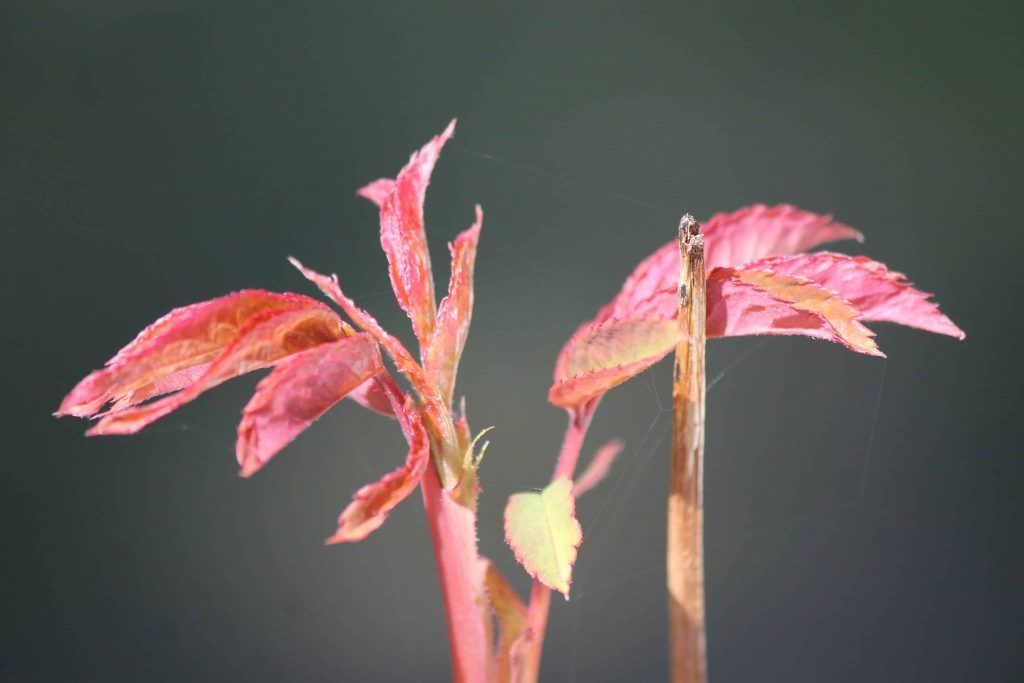
Rose pests and diseases
Some of the most common pests and diseases that affect the rosebush are:
aphid
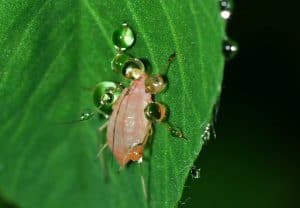 To combat them, potassium soap can be applied to the underside of the plants.
To combat them, potassium soap can be applied to the underside of the plants.
If the plague persists or is very abundant, we will also apply neem extract.
Red spider
It can be wetted at night by sprinkling to maintain humidity.
To combat an infestation, an extract of garlic and chili can be applied, although if the rosebush is severely affected, it is best to remove it to prevent it from spreading to other plants.
nematodes
They are treated with steam sterilization and solarization, which consists of raising the soil temperature by placing a transparent plastic sheet on the soil for a minimum of 30 days.
You can also place a cardboard ring around the base of each stem to protect the rosebush.
thrips
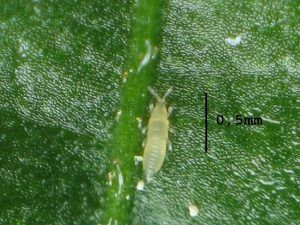 Biological control can be carried out through its natural enemies.
Biological control can be carried out through its natural enemies.
Thrips have several natural predators such as certain varieties of mites, especially the Amblyseius barkeri and the Orius bug.
Another form of prevention is to place meshes around the crops and clean up weeds and debris.
To combat them, in addition, ecological alternatives can be used, such as potassium soap and, in extreme cases, natural insecticides such as neem extract.
Rust
To control it, it is recommended to avoid excess nitrogen, control the environmental conditions, favor the ventilation of the crop and use crops with genetic resistance.
Mildew
To combat it, it is recommended to eliminate weeds and crop debris.
Likewise, excess humidity should be avoided, ventilating the crop.
Horsetail extract or dusted sulfur can also be applied.
powdery mildew
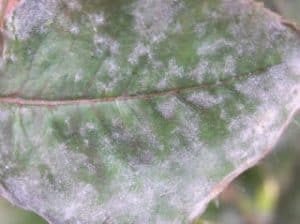 It is best to install a drip irrigation system and apply horsetail as prevention.
It is best to install a drip irrigation system and apply horsetail as prevention.
It also works to eliminate weeds and crop residues, and favor the ventilation of the crop.
If you liked this article and want to know more, read: Varieties of roses.
verticillium wilt
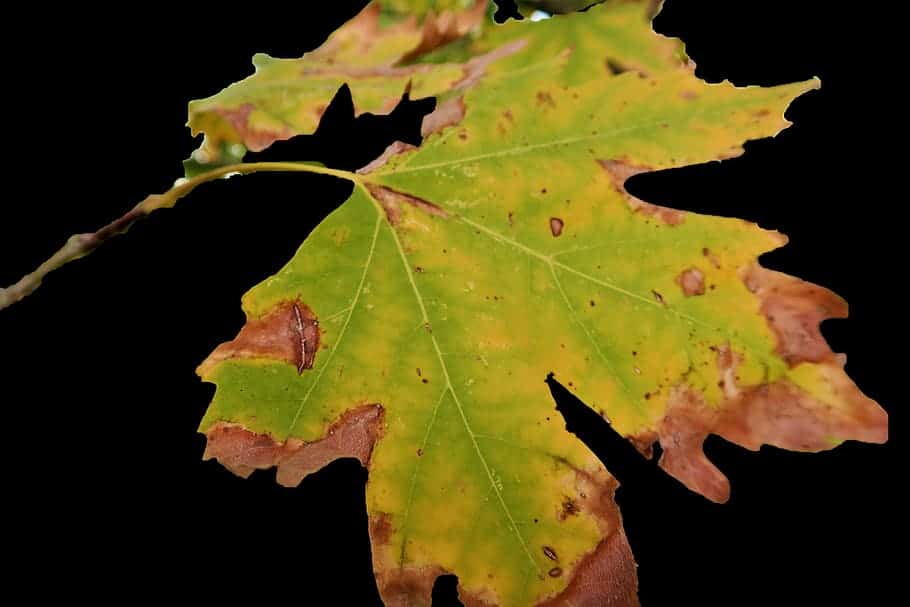 Verticillium or Verticillium wilt is a common soil fungus that thrives in temperate climates around the world and can be present in the soil for decades.
Verticillium or Verticillium wilt is a common soil fungus that thrives in temperate climates around the world and can be present in the soil for decades.
Verticillium wilt overwinters in the soil as dormant mycelium or tiny dormant black structures called microsclerotia, waiting for favorable conditions to return.
They enter damaged plant tissue through the roots and multiply. Many common weeds, such as dandelions and weeds, can be Verticillium host species.
Verticillium wilt is a disease that affects more than 350 species of eudicolous plants. It is caused by six species of Verticillium fungi: Verticillium dahliae, Verticillium albo-atrum, Verticillium longisporum, Verticillium nubilum, Verticillium theobromae, and Verticillium tricorpus.
Many plants with significant economic weight are susceptible, such as cotton, tomatoes, potatoes, oilseed rape, aubergines, peppers, and ornamental plants, as well as others in natural vegetation communities.
Many species and cultivars of eudicots are resistant to the disease, and all monocots, gymnosperms, and ferns are immune. To know more: Verticillium wilt in the Orchard: What is it? How do we identify it?
Bibliographic references
- Rose cultivation, B Juscafresa – 1971 – sidalc.net
- Rose cultivation and propagation, A Yong – Tropical Crops, 2004 – redalyc.org
- Cultivation of roses in greenhouses, J López Melida – Ediciones Mundi-Prensa, Madrid, Spain, 1981 – sidalc.net
- Study of nutrient absorption and irrigation efficiency in the rose bush (Rosa sp.) freedom variety in two cycles, AI Lanchimba Salazar – 2016 – dspace.uce.edu.ec
- Standardization of processes for the integrated management of irrigation and fertilization (mirfe) in soil rose crops of the elite flower farmers sa company, CJ Caballero Gamarra – 2020 – ns2.pringleman.com

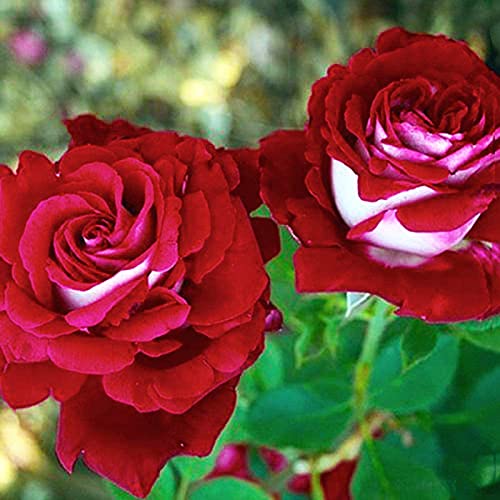

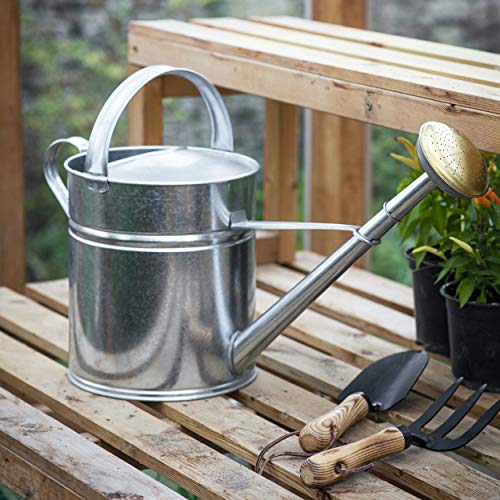
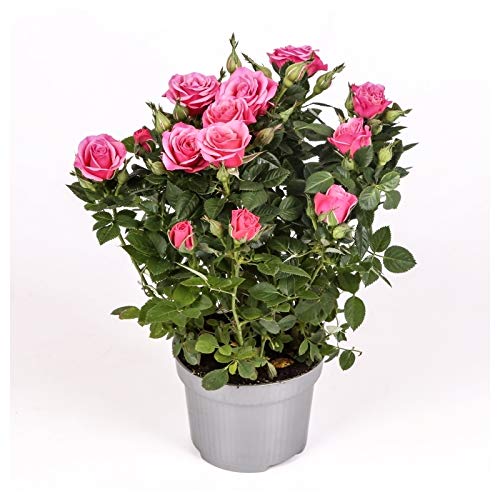
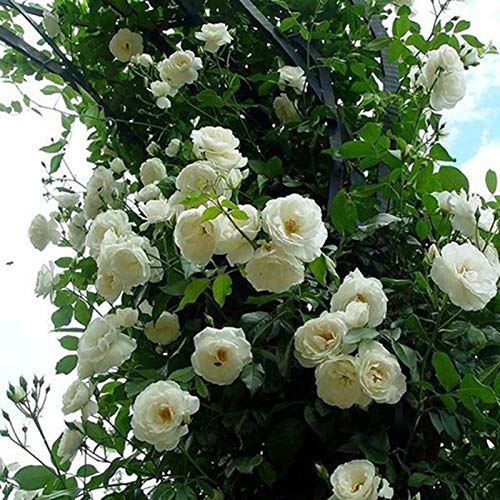
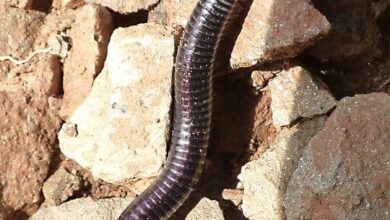
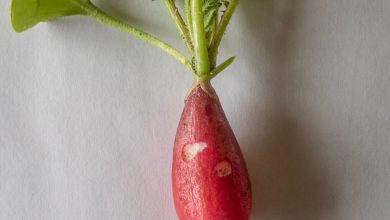
![Photo of The Agrimony: [Planting, Care, Irrigation, Substrate and Pests]](https://www.complete-gardening.com/wp-content/uploads/2022/08/the-agrimony-planting-care-irrigation-substrate-and-pests-272x220.jpg)
![Photo of Prune Incense: [Importance, Season, Tools, Considerations and Steps]](https://www.complete-gardening.com/wp-content/uploads/2022/08/prune-incense-importance-season-tools-considerations-and-steps-390x220.jpg)